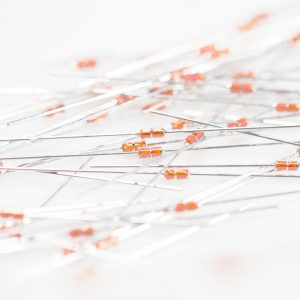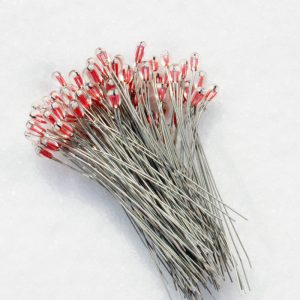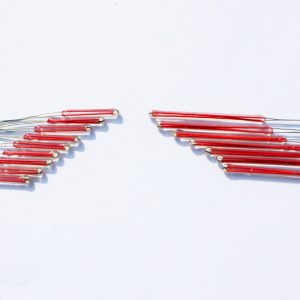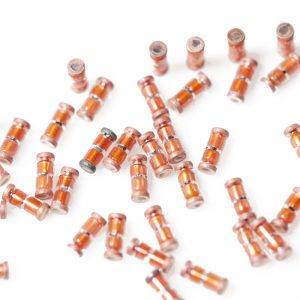What is the role of the thermistor in temperature measurement? Usually used as a temperature sensor, most thermistors are made of metal oxide t-chelates. Metal oxides such as nickel oxide, manganese oxide, cobalt oxide, and iron oxide are all raw materials for thermistors. The characteristic of the thermistor is that once it heats up, the resistance changes, some thermistor heating resistors become smaller, and some thermistor heating resistors become larger, each having its own use.
For example, in order to prevent the current impact of the electric appliance when it is turned on, the current at this time is often several times of normal operation, and it is easy to cause overload or unstable operation. Adding a thermistor to the circuit, the initial current cannot be very large due to the resistance of the resistor to the current.
As the current flows, the resistance heats up, the resistance becomes smaller, and the current gradually increases until the normal value. Therefore, many home appliances, such as refrigerators, televisions, air conditioners, etc., are indispensable. The thermistor can stabilize the electronics and motor circuits in addition to current control or temperature compensation components.














